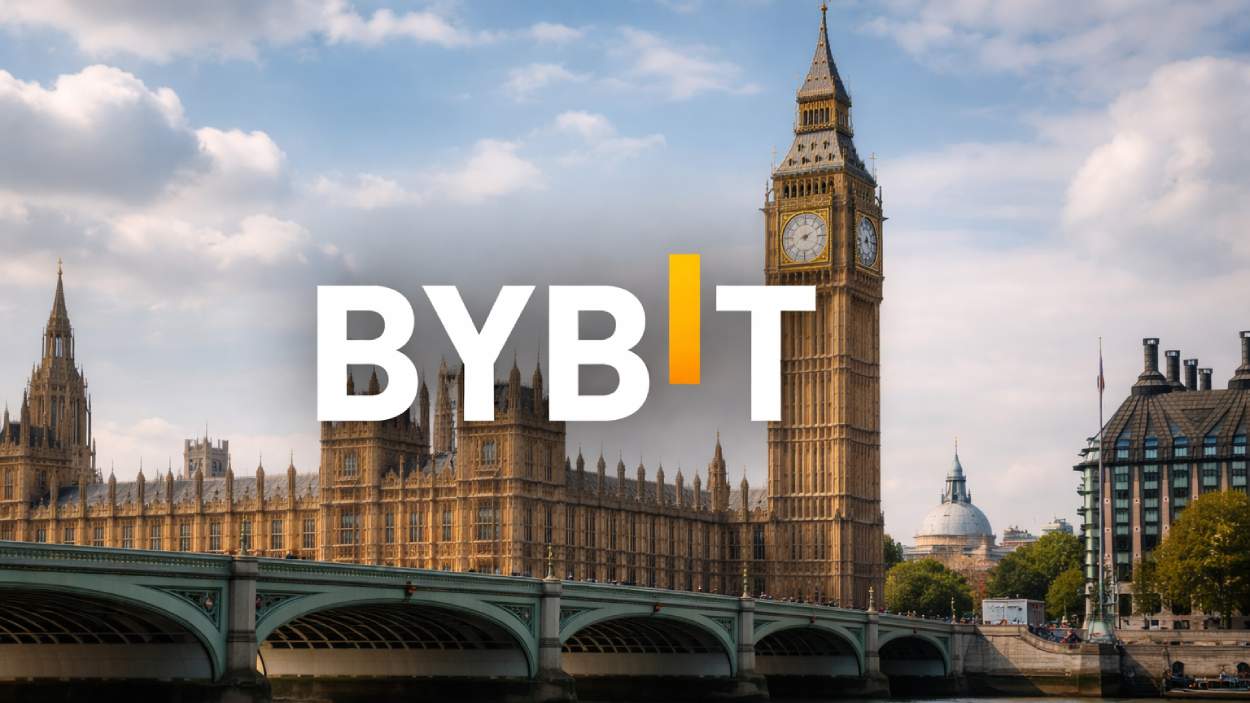Ethena Labs responded to concerns over its USDe stablecoin after a brief plunge on Binance, stressing the event was isolated and its reserves remain strong.
Key Takeaways
- USDe dropped to $0.65 on Binance during a market-wide sell-off, sparking fears of a stablecoin depeg.
- Ethena Labs confirmed USDe remained overcollateralized, releasing an emergency Proof of Reserves report.
- Analysts blamed Binance-specific infrastructure issues, not a system-wide failure of USDe.
- Other platforms showed only minor price drops, reinforcing the view that the incident was not a global depeg.
What Happened?
USDe, the third-largest stablecoin by market cap, temporarily fell to $0.65 on Binance during a sharp crypto market sell-off. However, the drop was short-lived and confined to Binance, with prices on other platforms like Curve and Bybit staying far more stable. Ethena Labs quickly addressed the concerns, reaffirming the asset’s overcollateralized structure and resilience.
Binance Disruption Triggers Localized Panic
The dramatic drop of Ethena’s synthetic stablecoin USDe to $0.65 on Binance created a stir in the crypto community, leading many to believe the stablecoin had depegged across the market. However, data shows that this price crash was isolated to Binance. On other trading venues, including decentralized platforms like Curve and Fluid, the price of USDe stayed within a reasonable range, dipping no more than 1 percent.
The core issue was Binance’s unique infrastructure:
- Binance lacked a direct dealer integration, which prevented market makers from efficiently arbitraging the peg.
- Its price oracle relied on Binance’s own limited order book, not the broader market prices, leading to exaggerated volatility.
- This caused cascading liquidations within Binance’s unified collateral system, further accelerating the price fall.
Guy Young, founder of Ethena Labs, explained that the event was “isolated to a single venue,” and pointed out Binance faced deposit and withdrawal issues that blocked market participants from correcting the price imbalance. Dragonfly’s Haseeb Qureshi echoed this view, saying that Binance should have referenced prices from primary venues like Curve, which held much deeper liquidity.
While DeFi money markets took a lot of criticism for pegging USDe=USDT, I do think this is appropriate to avoid liquidating people for a temporary dislocation in price. For every tail event in the last two years this was the correct decision.
— G | Ethena (@gdog97_) October 12, 2025
Contrary to some public comments… pic.twitter.com/dRIvREpHM8
Emergency Proof of Reserves Report Released
In response to the market panic, Ethena Labs issued an unscheduled Proof of Reserves report. According to the report, the USDe token remained overcollateralized by approximately $66 million, even amid extreme volatility. This audit was independently verified by Chaos Labs, Chainlink, Llama Risk, and Harris & Trotter.
USDe Proof of Reserves are typically provided on a weekly basis by 3rd party independent attestors including leading firms such as Chaos Labs, Chainlink, Llama Risk and Harris & Trotter.
— Ethena Labs (@ethena_labs) October 11, 2025
On request from the community, we have provided a Proof of Reserves outside of the regular… pic.twitter.com/6w0HONPc8Q
Ethena emphasized that its reserves are normally audited weekly but accelerated the release to “reinforce transparency amid heightened uncertainty.”
Arbitrage Mechanism and Market Liquidations
Analysts highlighted that forced arbitrage liquidations on platforms like Binance might have contributed to the collapse. When USDe’s price deviated, it triggered margin calls that set off a chain of liquidations across interconnected trading systems. These feedback loops are a known risk in algorithmic and synthetic stablecoins, especially during fast market swings.
On Bybit, another major exchange, USDe’s price only dropped to about $0.92, further supporting the idea that Binance’s infrastructure flaws played a major role in the incident.
Industry Reaction and Broader Market Impact
The incident reignited debates about whether USDe should be classified as a true stablecoin. Conflux co-founder Forgiven argued that USDe behaves more like an investment instrument than a traditional stablecoin. He described it as a “fund instrument that targets a $1 value through revaluation.” Critics suggest branding it a stablecoin may be more marketing strategy than accurate classification.
Meanwhile, Rachael Lucas of BTC Markets noted that even short-lived depegs can ripple through the broader crypto ecosystem, causing panic, liquidations, and loss of trust.
CoinLaw’s Takeaway
In my experience, the crypto market is incredibly sensitive to perceived stablecoin failures, even when those failures are venue-specific. What happened with USDe on Binance wasn’t a structural failure of the coin, but rather a glaring reminder of how fragile centralized exchange systems can be during market turmoil. I found Ethena’s fast response and release of collateral data to be a strong move to rebuild trust. But this incident also underscores the need for exchanges to improve their oracle systems and integrate better with primary liquidity venues.

























































